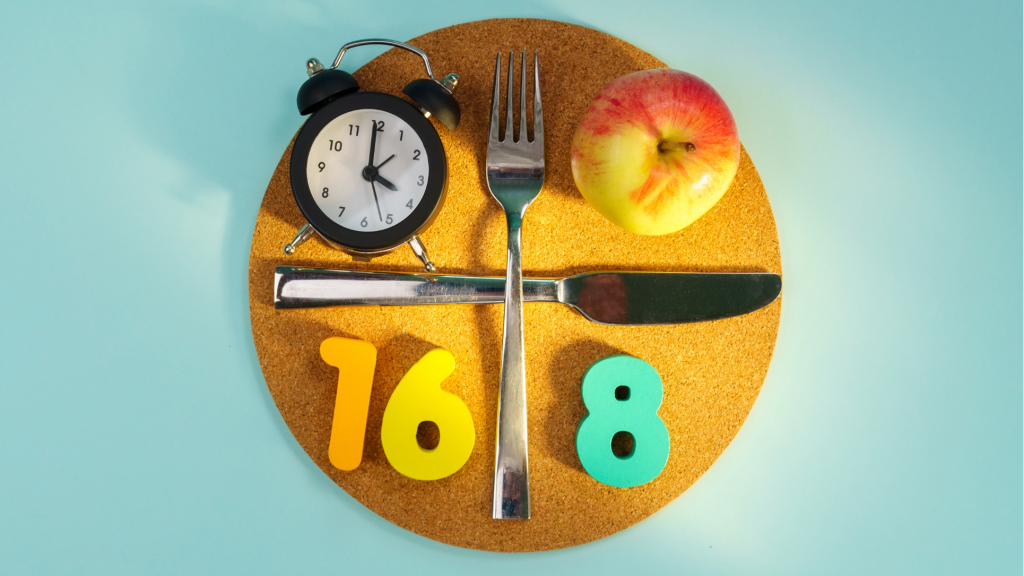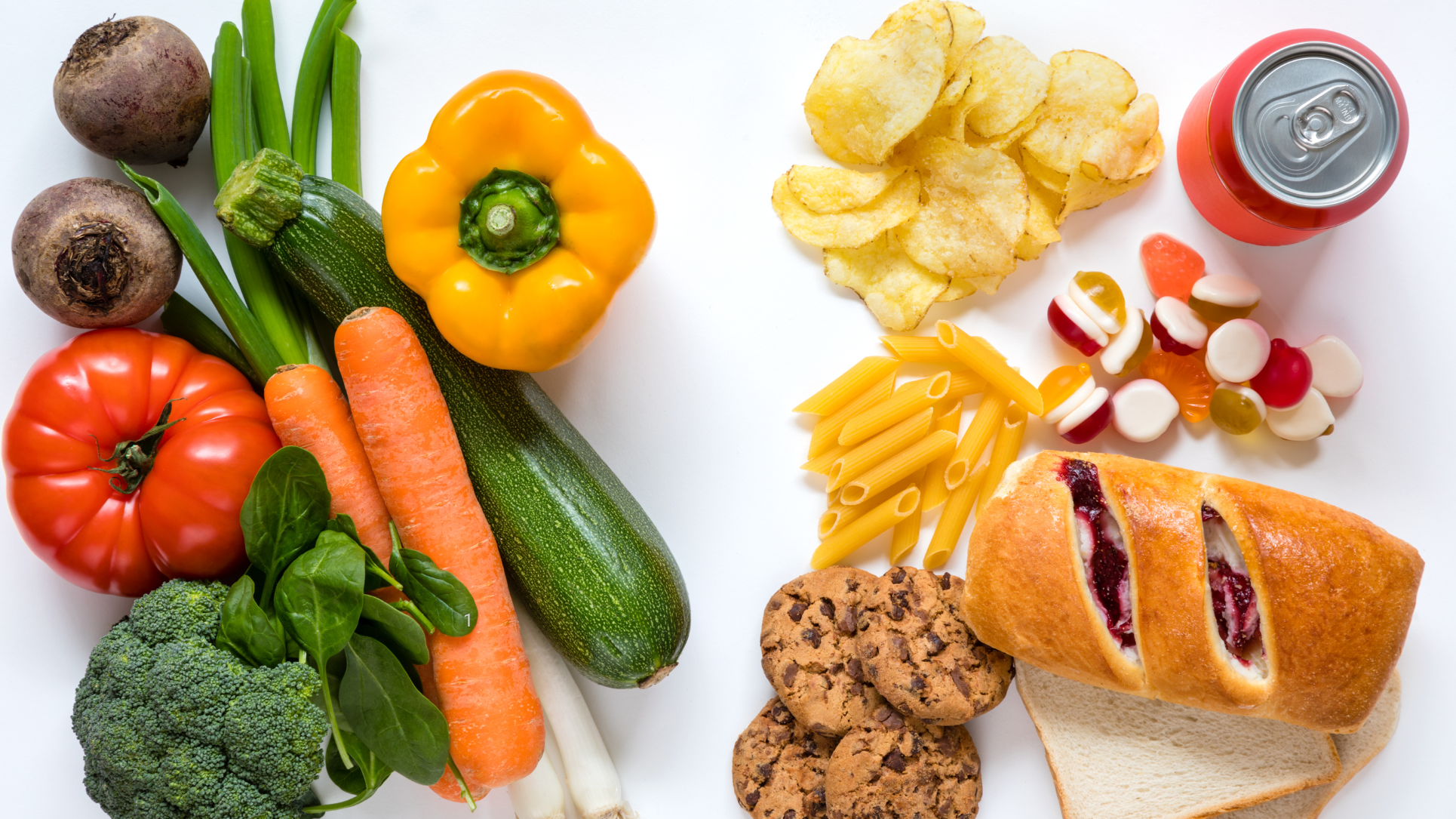Introduction
Let’s be honest—when most of us hear “nutrition,” we immediately think of restrictive diets, calorie counting, or giving up our favorite foods. But nutrition for wellness? That’s a different game. It’s not about being perfect. It’s about fueling your body in a way that supports how you want to feel—energetic, strong, focused, and balanced.
Whether you’re 25 or 65, good nutrition is your foundation for a better life. And the best part? It doesn’t need to be complicated. In this guide, we’re keeping things real—simple, smart eating habits you can actually stick to.
What Does Nutrition for Wellness Really Mean?
Nutrition for wellness goes way beyond just “eating clean.” It’s about giving your body the nutrients it needs to thrive—physically, mentally, and emotionally.
Wellness is not about a number on the scale. It’s about how you feel on a daily basis. Do you wake up with energy? Do you recover well after workouts? Is your mind clear and focused? The food you eat plays a huge role in all of that.
Think of your body as a system. When you give it the right fuel—real, whole, nutrient-rich foods—it performs better. And that performance shows up in how you move, think, sleep, and age.
Top Nutrition Tips for Everyday Wellness
You don’t need to overhaul your life overnight. Start with these easy, actionable tips:
Start With Real, Whole Foods
If it came from the earth or had a heartbeat, it’s probably a good bet. Whole foods like veggies, fruits, legumes, lean meats, whole grains, and nuts should be your go-to.
Avoid highly processed foods with ingredients you can’t pronounce. The less processed, the better your body understands it.
Hydration is More Than Just Water
Yes, water is vital. But hydration also comes from foods (like cucumbers and watermelon), herbal teas, and even soups. A quick tip: if you’re feeling tired or snacky, drink a glass of water first. You might just be dehydrated.
Don’t Skip Meals (Especially Breakfast!)
Skipping meals can mess with your metabolism and blood sugar. A balanced breakfast can set the tone for your day. Think protein + fiber + healthy fats — like eggs, oats, or Greek yogurt with fruit and nuts.
Balance, Don’t Ban – Enjoy Your Favorites Smartly
Instead of cutting out entire food groups or saying goodbye to pizza forever, aim for balance. Love chocolate? Have a square or two after dinner. Enjoy pasta? Try whole-grain versions with veggies. No guilt necessary.

The Power of a Balanced Diet
A balanced diet isn’t about cutting carbs or counting grams—it’s about including all the essentials your body needs.
Macronutrients 101:
- Protein: Builds and repairs tissues. Great sources: chicken, tofu, eggs, beans.
- Carbs: Your body’s main energy source. Choose complex carbs like oats, quinoa, and brown rice.
- Fats: Don’t fear them—your body needs them. Avocados, olive oil, nuts, and fatty fish are healthy fat sources.
Micronutrients That Matter:
Vitamins and minerals play a quiet but powerful role in energy, immunity, mood, and more. Iron, magnesium, vitamin D, B vitamins—these are key players you want in your corner.
Tip: Eat a colorful plate. Different colors in fruits and veggies mean different nutrients.
Portion Control Without the Stress
You don’t need a food scale to eat well. Use your hand as a guide:
- Protein = palm-sized portion
- Veggies = two fists
- Carbs = one cupped hand
- Fats = one thumb
Nutrition Tips for Different Lifestyles
Your wellness needs might shift depending on your lifestyle. Here’s how to adapt:
For Busy Professionals
- Prep overnight oats or grab protein-rich snacks like boiled eggs, nuts, or hummus with veggies.
- Keep a water bottle on your desk and set reminders to drink.
For Parents and Caregivers
- Batch-cook healthy meals that freeze well (soups, stir-fries).
- Involve your kids in cooking—they’re more likely to try healthy foods.
For Active Adults or Gym-Goers
- Fuel up with protein and carbs before and after workouts.
- Hydrate consistently and include electrolytes if needed.
For the 50+ Crowd
- Focus on bone health with calcium-rich foods.
- Add more anti-inflammatory foods like berries, salmon, and leafy greens.
- Keep fiber high for digestion and heart health.
Common Myths About Healthy Eating
Let’s bust a few common misconceptions:

“Healthy Food is Boring”
Not if you season it right! Herbs, spices, and sauces can transform any dish. Grilled salmon with lemon-dill sauce? Boring is a choice.
“You Need Supplements for Wellness”
Whole foods should always come first. Supplements can help fill gaps, but they’re not replacements.
“Carbs Are Bad”
Carbs are fuel! Just opt for slow-digesting ones like sweet potatoes, lentils, and brown rice instead of refined white bread or sugar-laden snacks.
Small Changes, Big Results
Don’t underestimate the power of small habits. They add up quickly.
Try Habit Stacking
Pair a new habit with something you already do. Example: After brushing your teeth, drink a glass of water.
Meal Prep Without the Overwhelm
- Prep one protein, one carb, and a couple veggies each week.
- Mix and match for quick meals in under 10 minutes.
Smart Snacking and Grocery Hacks
- Keep nuts, fruit, or yogurt on hand.
- Shop the perimeter of the grocery store (where the fresh stuff is).
Building a Sustainable Nutrition Plan
Here’s the truth: any plan can work for a week. The goal is long-term sustainability.
Create Realistic Goals
Start with one habit at a time—maybe it’s adding veggies to dinner, or swapping soda for sparkling water.
Listen to Your Body
Notice how you feel after meals. Energized? Sluggish? Bloated? Let your body’s signals guide you.
Know When to Ask for Help
A registered dietitian or nutrition coach can personalize your plan and keep you accountable.
Conclusion: Start Small, Think Big
Nutrition for wellness isn’t about dieting, restricting, or chasing perfection. It’s about nourishing your body with food that energizes, supports, and satisfies you.
The best part? You don’t have to do it all at once. Pick one tip from this list, start there, and build momentum. Wellness is a journey—not a finish line.
So, what small change are you starting with today?
❓ FAQ Section: Nutrition for Wellness
Q1: What is the best diet for overall wellness?
A: There’s no one-size-fits-all diet. A balanced diet with whole foods, lean proteins, healthy fats, and plenty of fruits and vegetables supports overall wellness best.
Q2: How can I start eating healthier without feeling overwhelmed?
A: Start small. Add one vegetable to your meal, drink more water, or swap one processed snack for a healthier option. Small changes lead to lasting habits.
Q3: Are carbs bad for my health?
A: Not at all. Complex carbs like whole grains, fruits, and vegetables provide energy and essential nutrients. Avoid only refined or sugary carbs.
Q4: How much water should I drink daily for wellness?
A: Aim for at least 8 glasses (about 2 liters) a day, but needs may vary based on activity, age, and climate. Listen to your body and hydrate regularly.
Q5: Can I still enjoy treats while eating for wellness?
A: Absolutely! Nutrition for wellness is about balance. You can enjoy treats in moderation without guilt—just focus on overall healthy patterns.

